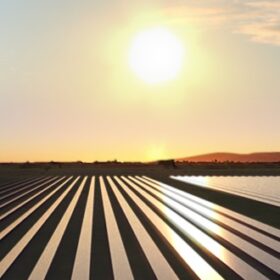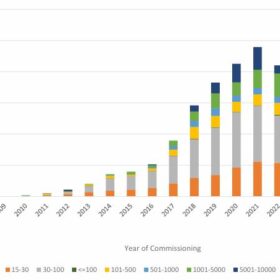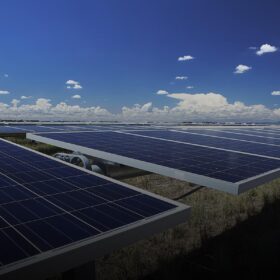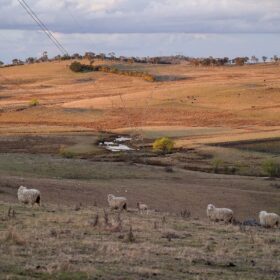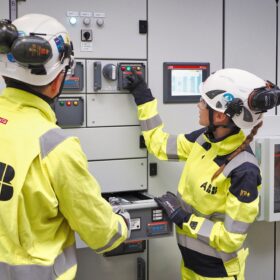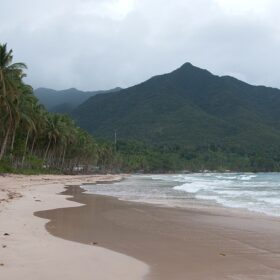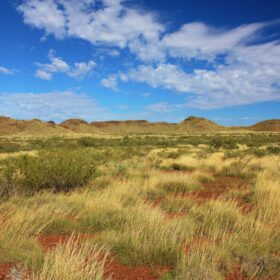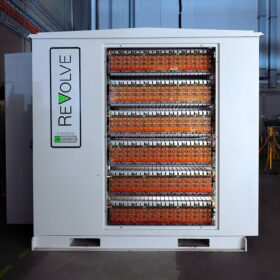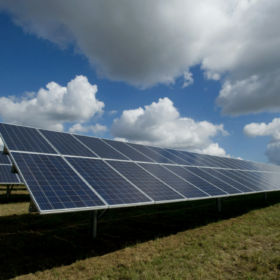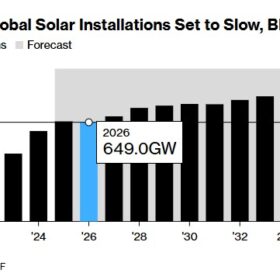Global solar installations could reach 1 TW next year
BloombergNEF reports the world installed nearly 600 GW of solar power in 2024, closely aligning with projections that annual global solar installations will surpass 1 TW within the next few years. Although projections for 2025 currently fall short of that pace, early forecasts often underestimate actual deployment.
Aotearoa New Zealand’s solar generation reaches all time high
New Zealand’s Electricity Authority Te Mana Hiko has reported the country’s solar generation reached an all-time high in March of 128 MW but say that’s likely to be surpassed when three new large-scale farms come online during 2025.
Commercial segment surges as residential rooftop backs off
Australia’s solar rollout continues to reach new heights with a combined total of 4.7 GW of small- and large-scale PV installed across the country in 2024 but shifts in the rooftop market suggests diversification of services will be key for the nation’s installer community going forward.
Sungrow solar farms ignite Energy Safe Victoria’s interest due to fire risks
Sungrow Power Australia is addressing vegetation management issues, which prompted the closure of five of its solar farms in Victoria, following an inspection blitz of 18 solar farms conducted by Energy Safe Victoria.
Newcastle Coal to power port facility with solar
Renewables developer Lightsource BP is pushing ahead with the construction of the 450 MW Goulburn River Solar Farm in the New South Wales Upper Hunter region after striking a long-term offtake agreement with the operators of one of Australia’s major coal export terminals.
FRV adds 190 MW solar and battery project to portfolio
Global renewables developer Fotowatio Renewable Ventures has boosted its Australian portfolio with the acquisition of a 190 MW hybrid solar and battery energy storage project being constructed in central Victoria.
Search for New England REZ network operator begins
Australia’s largest planned renewable energy zone has reached another milestone with the New South Wales government launching the search for a network operator to help deliver the New England REZ that is to provide at least 8 GW of new network capacity.
Quinbrook secures financial close on UK’s largest solar and storage project
Australian-owned Quinbrook Infrastructure Partners has completed financing for the Cleve Hill Solar Park in England. The solar and storage project will be the largest in the United Kingdom when it goes live later in 2025.
AGA signs ABB up to 3 GW green ammonia project in NT
Allied Green Ammonia has struck a deal with Swiss-Swedish electrical equipment producer ABB it says will accelerate the development of its green hydrogen-to-ammonia production facility proposed for the Northern Territory.
Philippines issues terms for renewables auction with storage
Pairing solar plants with battery energy storage systems will be the main strategic focus for the Philippines’ upcoming renewable energy auction. Each project must have a minimum storage duration of four hours to ensure sufficient grid support and energy reliability.

